2025: The Year Energy Sanity Returned
Authored by James Hickman via Schiff Sovereign,
When Robert Oppenheimer watched the first atomic bomb detonate in the New Mexico desert on July 16, 1945, the blast confirmed that America had won the race to build a nuclear weapon.

The destructive power of these weapons was extraordinary; the explosion from Oppenheimer’s “Trinity” test unleashed an astonishing 83.7 Terajoules (TJ) of energy from just SIX kilograms of Plutonium-239.
By comparison, a typical power plant in 1945 would have required 9.5 MILLION kilograms of coal to produce a similar amount of energy.
This makes splitting the atom one of the most important discoveries in all of human history; the sheer volume of energy that can be released from a nuclear reaction is literally over 1 million times greater than from chemical/thermal reactions (like coal, natural gas, or TNT).
Initially this discovery was weaponized. And just three weeks after Oppenheimer’s successful test, US President Harry Truman dropped two atomic bombs on Japan to finally end World War II.
But many of the same scientists who built the weapon also realized that this same power could also be used to generate electricity so cheaply and abundantly that it would be practically free.
Yet in one of the most bizarre twists of fate, after literally EIGHT decades since Oppenheimer’s test, humanity has done almost nothing with this revolutionary technology.
That’s because the first institution to harness the power of nuclear energy as a fuel source (and not a weapon) was actually the United States Navy.
Admiral Hyman Rickover understood that nuclear energy could power America’s submarine fleet, giving the US Navy a major strategic advantage. With nuclear power, US subs could stay underwater and sustain themselves for longer missions and greater distances.
But that required certain critical decisions that would impact the nuclear power industry for decades.
Most importantly, in designing its nuclear submarines, the Navy had to first decide on what material to use as a coolant.
Many scientists at the time championed using molten salt for its safety and stability. But Admiral Rickover overruled them and decided to use pressurized water instead; after all, he reasoned, submarines were literally surrounded by water, so it would be the most efficient coolant.
That proved to be an incredibly fateful decision.
The civilian nuclear power industry essentially copied the Navy’s design choices— especially the decision to go with pressurized water as a coolant. And then came the accidents.
Pretty much every nuclear accident you’ve ever heard of— Three Mile Island in 1979, Chernobyl in 1986, and much later Fukushima in 2011— were essentially BECAUSE of the pressurized water cooling systems.
In other words, had the commercial nuclear power industry been designed around molten salt (which has a MUCH higher boiling temperature than pressurized water), those infamous accidents would have never happened.
And yet, they did. The consequent negative media coverage and political fallout slammed the door shut on nuclear power for a generation—effectively sending a technology with staggering potential into the waste bin.
Despite all the panic, policy paralysis, and lost decades, however, nuclear is finally making a comeback. And it remains, by far, the cheapest form of electricity in existence.
And that matters. Energy is a key driver of inflation, and when energy prices rise, so does the price of nearly every good and service in the economy.
Abundant, cheap energy is one of the few forces that can reliably keep inflation in check.
Nuclear, of course, is not the only option. There’s still “conventional” sources like oil, gas, coal, etc.
Yet starting in 2021, the Biden administration went out of its way to mothball nuclear development and kneecap those other conventional industries, driving prices higher across the board.
Instead they mandated and subsidized extremely inefficient “green energy” (which is not all that green when you factor in the environmental costs of mining cobalt, lithium, etc. for battery backups).
That’s not just idiotic from an economic standpoint, it has actually caused serious harm to national security.
America’s main adversaries have spent the past decade building the largest power grid in human history— including coal, hydro, and of course, nuclear.
Between 2010 and 2024, China’s electricity production grew more than the rest of the world combined, and last year they generated more than twice as much power as the United States.
Chinese AI data centers can already purchase electricity for as little as 3 cents per kilowatt-hour, less than half what American operators pay. Plus it has another 34 nuclear reactors currently under construction which will drive the cost of electricity even lower.
Whether America’s competition with China stays economic or, in the worst case, turns into an outright war, the side paying double or triple for electricity is at a strategic disadvantage.
Any serious nation should prioritize cheap and plentiful energy to supercharges economic productivity.
Cheap energy fuels stronger growth, lowers prices, and it makes life better for everyone. What’s not to like about that?
That’s why one of the most important—and least appreciated—developments of this year in the United States is the renewed federal push for nuclear energy.
In May, the Trump administration issued four executive orders aimed squarely at jump-starting the industry: reforming the Nuclear Regulatory Commission (NRC), speeding up licensing, and creating an expedited pathway for advanced reactors already tested by the Department of Energy (DOE) or the Pentagon.
More importantly, this year the Department of Energy selected two recipients for major SMR (Small Modular Reactors) development awards.
Unlike traditional gigawatt-scale giant reactors that can take a 10+ years and billions of dollars to build, SMRs are designed to be modular, scalable, and dramatically easier/faster to deploy.
The newly reformed NRC also, finally, signed off on one company’s SMR design— a 77-megawatt reactor that can be manufactured in a factory and shipped to a site ready to install.
This design certification is a huge leap forward; once the NRC approves a reactor blueprint, developers can use it without undergoing years of safety reviews.
This removes one of the biggest regulatory chokepoints in the entire nuclear industry and speeds along new reactor construction.
All of these moves mark the first real momentum nuclear power has seen in decades.
Between newly certified small modular reactor designs, federally backed advanced-reactor projects, and the restart of shuttered plants, there are now multiple US nuclear projects that have been approved, funded, or moving through a faster licensing track.
Nuclear is back. And this revival is one of the most encouraging developments of 2025.
Over the next decade, we could see small modular reactors move from prototypes to widespread deployment. And we’ll be able to draw a straight line from the cheap, abundant energy of the future, to the decisions that were made this year.
This is important, because America is going to need every watt.
Some of these next-generation data centers will require a Megawatt of power PER RACK. That’s essentially a dedicated nuclear reactor for a single facility.
The grid we have today can’t support the future that’s arriving. Nuclear can.
And that is especially important because these two developments—nuclear power and AI—are realistically the only way to unleash enough productivity to grow the economy out of the deficit and debt problems the government has weighed it down with.
Tyler Durden
Sat, 12/13/2025 - 16:20

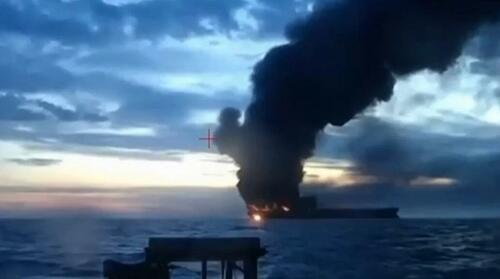

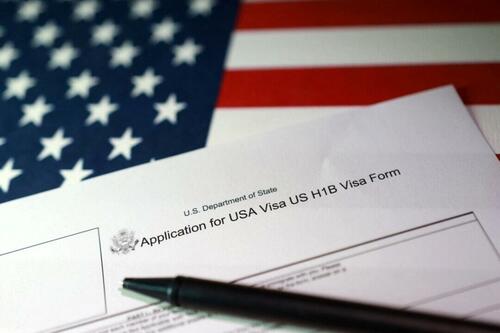
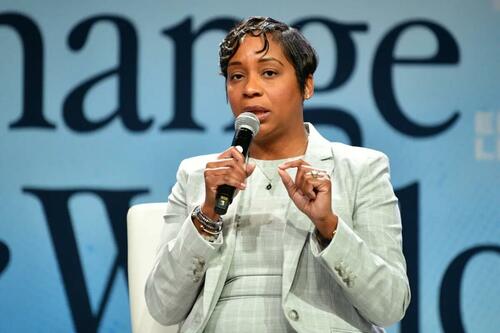

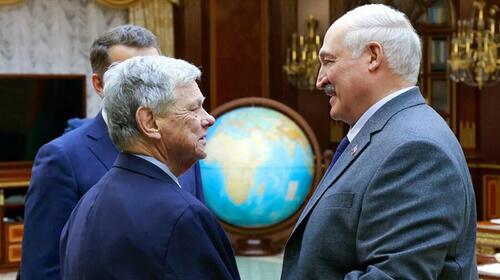 Belarusian President Alexander Lukashenko, right, and US envoy John Coale on Friday. Image Belarusian Presidential Press Service via AP
Belarusian President Alexander Lukashenko, right, and US envoy John Coale on Friday. Image Belarusian Presidential Press Service via AP





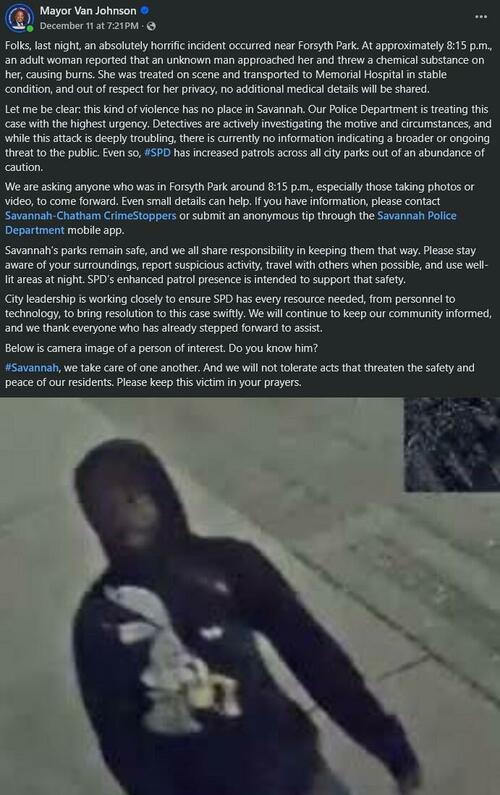

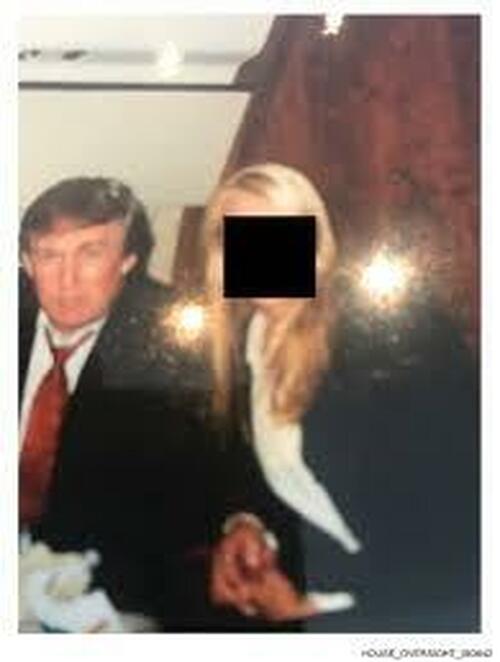

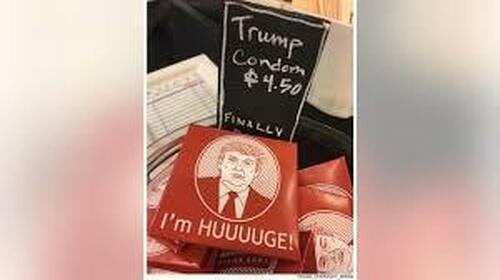
 Speaker of the House Mike Johnson (R-LA), U.S. House Majority Leader Steve Scalise (R-LA) (L) and House Majority Whip Tom Emmer (R-MN) / Heather Diehl/Getty Images
Speaker of the House Mike Johnson (R-LA), U.S. House Majority Leader Steve Scalise (R-LA) (L) and House Majority Whip Tom Emmer (R-MN) / Heather Diehl/Getty Images




 Image source: US Navy photo by Petty Officer 2nd Class William Farmerie
Image source: US Navy photo by Petty Officer 2nd Class William Farmerie Image source: AFP
Image source: AFP
 Image: Gage Skidmore via
Image: Gage Skidmore via 


Recent comments